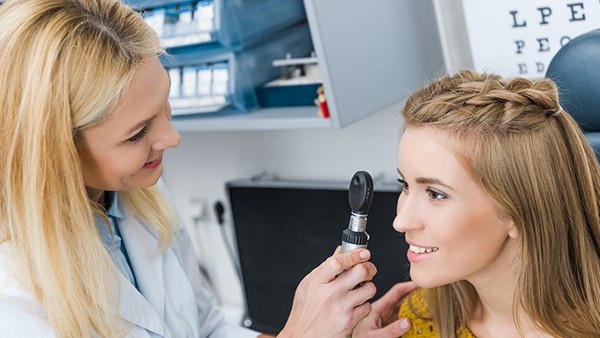Symptoms and Prevention of Postpartum Hemorrhage

Postpartum hemorrhage (PPH) is a serious medical condition that can occur after childbirth. It is characterized by excessive bleeding, which can lead to shock, organ damage, and even death.
Symptoms of Postpartum Hemorrhage
Heavy bleeding that soaks through a sanitary pad or pad every 15 minutes or less
Bleeding that lasts for more than 24 hours
Blood clots that are larger than a golf ball
Dizziness or lightheadedness
Shortness of breath
Rapid heart rate
Weakness or fatigue
Pain in the abdomen or pelvis
Causes of Postpartum Hemorrhage
PPH can be caused by a number of factors, including:
Uterine atony: This is the most common cause of PPH. It occurs when the uterus does not contract properly after childbirth, which allows blood to pool and bleed.
Placental abruption: This is a condition in which the placenta separates from the wall of the uterus before the baby is born. This can lead to heavy bleeding.
Uterine rupture: This is a rare but serious condition in which the uterus tears during childbirth. This can lead to life-threatening bleeding.
Retained placenta: This is a condition in which the placenta does not deliver after the baby is born. This can lead to bleeding and infection.
Blood clotting disorders: Women with certain blood clotting disorders are at an increased risk for PPH.
Risk Factors for Postpartum Hemorrhage
Some women are more at risk for PPH than others. These risk factors include:
Having a previous PPH
Having a multiple pregnancy
Having a large baby
Having a long or difficult labor
Having a history of uterine surgery
Being obese
Smoking
Using ***e
Prevention of Postpartum Hemorrhage
There are a number of things that can be done to prevent PPH, including:
Managing the third stage of labor, which is the time after the baby is born but before the placenta delivers. This involves giving the mother oxytocin to help the uterus contract and prevent bleeding.
Monitoring the mother's vital signs and blood loss during the third stage of labor.
Massaging the uterus to help it contract.
Using a uterine balloon tamponade to stop bleeding.
Performing a cesarean section if necessary.
Treatment of Postpartum Hemorrhage
Treatment for PPH depends on the severity of the bleeding. Treatment may include:
Giving the mother fluids and blood transfusions to replace lost blood.
Giving the mother oxytocin to help the uterus contract.
Using a uterine balloon tamponade to stop bleeding.
Performing a cesarean section if necessary.
Complications of Postpartum Hemorrhage
PPH can lead to a number of serious complications, including:
Shock
Organ damage
Death
Prognosis for Postpartum Hemorrhage
The prognosis for PPH depends on the severity of the bleeding and the promptness of treatment. With early diagnosis and treatment, most women who experience PPH will make a full recovery. However, some women may experience long-term complications, such as infertility or chronic pain.
Conclusion
PPH is a serious medical condition that can occur after childbirth. It is important to be aware of the symptoms and risk factors for PPH. If you experience any of the symptoms of PPH, it is important to seek medical attention immediately.
The above is all the content that the editor wants to share with you. I sincerely hope that these contents can bring some help to your life and health, and I also wish that your life will be happier and happier.
Topic: #prevention #and #symptoms













